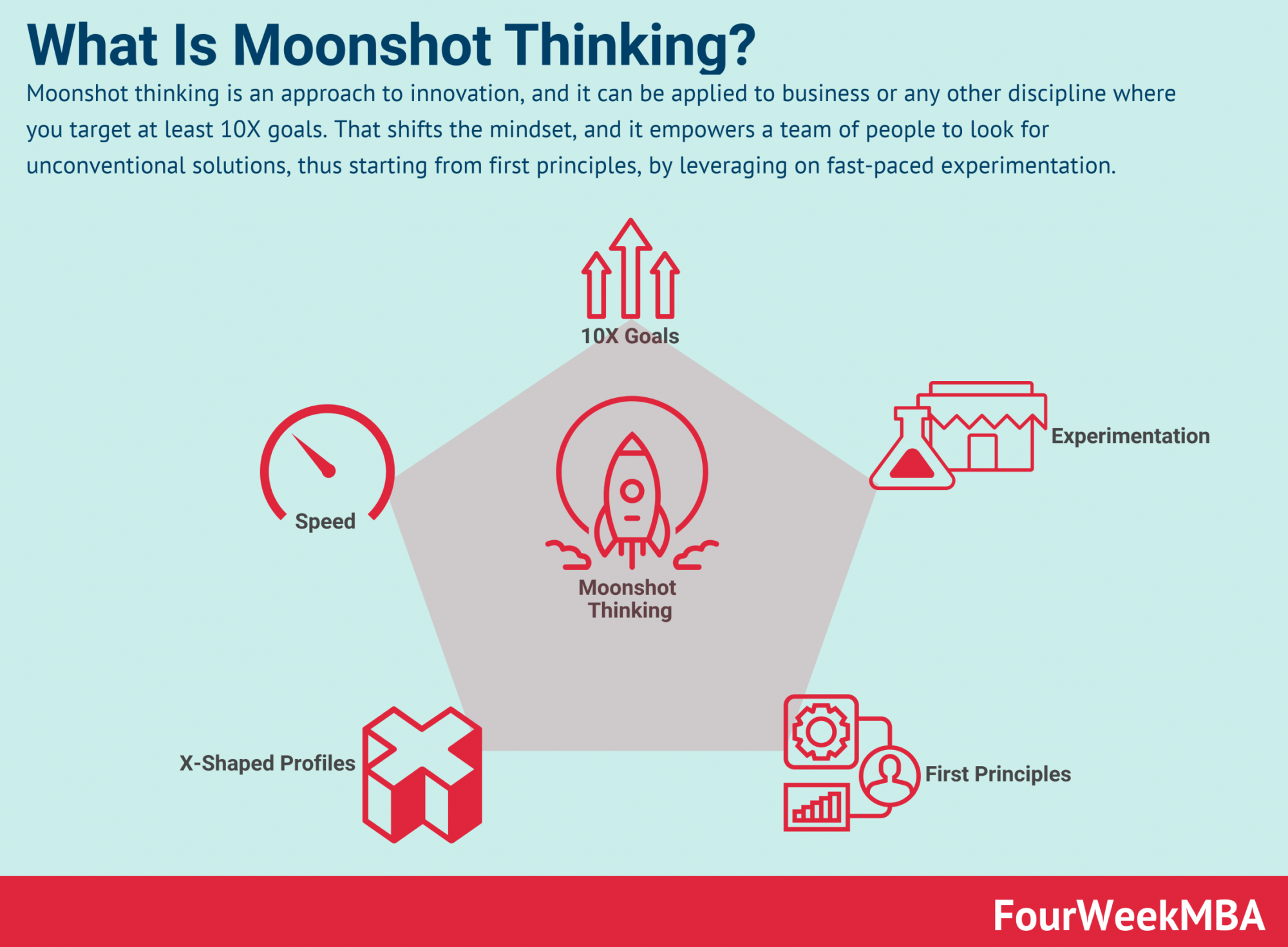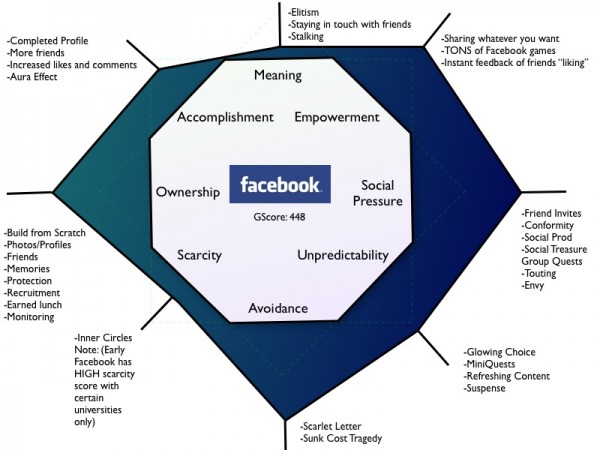2020 is shaping up to be a truly generation-defining year across the spectrum – from politics, to sport, to science and beyond. I mean, we’ve got the U.S presidential elections, the Tokyo Olympics, NASA’s Mars rover mission, and even the completion of the world’s tallest building – a cavalcade of truly colossal events crammed into 12 months. What’s more, the trends shaping the corporate innovation landscape in 2020 are set to be just as earth-shaking.
Last year, we wrote a blog exploring the corporate innovation trends that would shape 2019. These have come to pass in resounding ways – particularly the increase in companies investing in biomimetics and ramping up efforts to reduce plastic pollution. Because of this, we wanted to write a follow up to help you prepare for new seismic shifts looming on the horizon. If you’re keen to get an edge on some of the major innovation management challenges and opportunities the next decade will present, you’ve come to the right place!
1. Quantum Innovation
2020 is predicted to be a year characterized by enormous ‘quantum leaps’ – from Japan planning to build its own robotic-moonbase, to VR headsets being sold in the millions to support surgical procedures. It’s also predicted that “quantum innovation” will play an increasingly central role in the way enterprises disrupt the marketplace.
Quantum innovation is the name given to the kind of innovation characterized by bold and creative thinking designed to take an enterprise into a lucrative new paradigm – even if that means going beyond the bounds of the existing business model. Classic examples of quantum innovation would be Wikipedia’s plan to create a compendium of all the world’s knowledge, or Space X making strides towards the colonization of Mars. A less cinematic, but equally impressive, quantum innovation triumph can be seen in Philip Morris International – one of the world’s most successful cigarette companies –“self-disrupting” to create a smoke-free future.
The quantum innovation trend is growing increasingly evident in the emergence of new digital “moonshot” projects. These entail cutting-edge digital solutions being sought to transform or hybridize existing business models. Quantum innovation is leveraged to foster the kinds of game-changing ideas that digital transformation could unleash.

Due to the revolutionary “out-of-the-box” thinking that distinguishes the quantum method from other innovation approaches, it is apt to draw the most resistance internally. However, the fact that it’s counted amongst growing corporate innovation trends is testament to its ability to generate serious ROI. According to data insight group Kantar, only 6% of the world’s most established brands were able to grow their financial value significantly over the last three years. However, brands that leveraged quantum innovation (Amazon, Whole Foods, etc.) were able to double their overall brand value.
 2. 5G Innovation
2. 5G Innovation
Imagine a world where self-driving cars have drastically reduced road accidents, teleconferences never cut-out midway, and you can download a whole series on Netflix in a couple of seconds. Well, with 5G technology set to ramp up in 2020, this brave new world could soon be a reality – presenting limitless innovation and collaboration opportunities for companies worldwide.
Although many cities are struggling to make the transition to using ‘smart’ technologies, the 5G revolution is set to become the catalyst which will define the 21st century’s ‘smart city’ paradigm. Due to the vastly increased internet speed and coverage density offered by 5G, the practical applications of IoT technologies – which have grown steadily in recent years – will broaden dramatically. Governments will therefore need to find increasingly innovative ways to harness 5G to support infrastructural projects and enhance citizen engagement. Market Intelligence firm IDC predicts that by the end of 2019, 40% of the world’s regional and local governments will have begun implementing IoT technologies to support these goals (which 5G will no doubt play a major role in accelerating).
Innovators should note that the emergence of 5G also has major implications for production process improvement. For example, in an experiment carried out by Ericsson – a major global provider of 5G equipment – it was found that 5G sensors could reduce the error rate in the production of jet engine disc blades to just 15% – reducing the production cost of a single blade by approximately €3,600!
https://www.youtube.com/watch?v=XZWC_ttighM
3. Shift from IQ to EQ Emphasis in Innovation Leadership
Intelligence Quotient (IQ) has always been a favoured metric when it comes to pinpointing the types of individuals best suited for leadership roles. After all, IQ can be reasonably assessed with well-supported standardized testing methods –designed to elicit problem-solving skills. Individuals with higher IQs are perceived to be able to thoroughly grasp all aspects of a challenge, and then best apply the available resources to meet it.
However, recent studies indicate that Emotional Quotient (EQ) –the capability a person has to understand their own emotions and those of others – is increasingly being seen as a more useful metric for leadership allocation. This is because a person with high EQ will, theoretically, be able to better facilitate collaboration within teams, gain customer feedback more effectively, and formulate more human-centred solutions to challenges. EQ is, therefore, particularly relevant when it comes to selecting innovation leaders – who will need to empapthize with target audience needs and ‘pain points’, as well as collaborate with a variety of groups to ensure their initiatives are successful.
According to the World Economic Forum, Emotional Intelligence, Creativity, and People Management Skills are three of the top 10 essential attributes a leader will need to possess in 2020. This trend reflects why idea crowdsourcing platforms are growing in popularity. They enable companies to reach out to various demographics, understand their needs better, and harness their creativity to generate new offerings and improvements. Qmarkets, for example, offers a raft of crowdsourcing tools for reaching out to external as well as internal audiences, and fostering innovation collaboration.
 4. Octalysis Gamification
4. Octalysis Gamification
Closely linked to the growing importance of EQ in the innovation world is the steady rise of gamification – applying gameplay mechanics to non-game situations. To incentivize people to contribute to innovation, more and more companies are using ‘gamified’ methods that acknowledge and reward user participation.
Although gamification is hardly a new phenomenon, its prominence as a central facet of innovation management is growing rapidly. This is reflected in the trend of companies employing the ‘Octalysis’ – a design framework for analyzing the motivations and driving forces behind human motivation in a specific context. What makes the Octalysis a powerful innovation tool is that it allows enterprises to map the ‘core drives’ motivating their customers and shape their gamification efforts to best target them. Some of the world’s largest brands – including Google, Tesla, Facebook, and LEGO – have deployed the Octalysis framework for gamification.

One of the major reasons why the Octalysis has proven to be an effective framework is that it is designed to bring out the best of both ‘left’ and ‘right’-brained core drives. While the four categories on the left side of the Octalysis are used to help companies map the logical, inward-focused drives that lead to audience interactions (the desire to solve problems, earn achievements, etc.), the four on the right analyze the more open, socially-oriented drives (the desire to communicate with peers, showcase achievements, etc). Companies, therefore, can use the Octalysis as a template from which a holistic gamification strategy can be developed – one which draws on the strengths of diverse audience types.
Enterprises wanting to avoid disruption in 2020 and beyond can’t afford to ignore the intensifying gamification trend – especially considering that 50% of startups are integrating gamified elements into their strategies. The good news is that the Octalysis serves as a great foundation for companies looking to level up gamified innovation and unlock major ROI. It should be noted that many idea management platforms offer built-in gamification features that can be readily deployed to support your Octalysis strategy. For instance, users on the Qmarkets platform can take part in idea rating tournaments, earn points for collaborating with peers on innovation projects, as well as gain achievement badges for completing certain tasks.
 5. Haptic Innovation
5. Haptic Innovation
The new application of haptic technology is projected to be a major innovation sensation in 2020 (literally and figuratively). Also known as kinaesthetic communication technology, haptics create the sensation of touch by applying vibrations or other motions in an operator engaged in a particular digital activity.
Though the use of haptics was initially confined to aircraft simulations and arcade games, it’s function now extends to myriad industries. In healthcare, it is being used to support visually impaired people with day-to-day tasks, as well as support doctors performing remote surgery. Within the automotive sector, it’s being used to send warning stimuli direct to drivers to improve road safety (i.e, a driver will feel a strong vibration in the wheel when a car is about to cross in front of them). Even the marketing realm is beginning to feel the benefits of this technology. A recent survey carried out by haptics manufacturer Immersion found that 62% of audiences had a more positive reaction to video adverts with a touch-sense component than those that did not.
Innovators will need to keep their fingers on the pulse of this trend, especially when developing digital transformation strategies. After all, the technology is set to fundamentally change the nature of product accessibility, as well as open up new possibilities within the world of “phygital” retail and augmented reality (which we covered in our 2018 trends blog).
 2020 Vision: Harnessing Corporate Innovation Trends
2020 Vision: Harnessing Corporate Innovation Trends
With the unceasing stream of new sci-fi-like technologies, disruptive startups, and customer demands, it’s no wonder so many companies suffer from innovation anxiety. Fortunately, the challenges posed by these trends are outnumbered by the lucrative opportunities they represent. 5G, haptics, and Octalysis-based gamification will enable companies across all sectors to engage staff and customers like never before – providing they focus on sustaining digital transformation. These new tech developments will, in turn, make quantum innovation a far more achievable endeavour. The unparalleled level of choice that consumers will have as a result of these tech trends will also mean that EQ-informed, people-centred innovation will come increasingly to the fore.
Of course, the five examples we’ve covered represent only a handful of the massive idea and innovation management trends predicted to shape 2020. However, they epitomize why innovation is often best when it’s boldest, and why companies should always ensure that big ideas are given room to grow.
To find out how Qmarkets can help you develop a strategy that anticipates the important corporate innovation trends of 2020, or request a free product demo, contact us today!
